Understanding China’s Influence
By Lt. Col. (Ret.) William Hagestad II, U.S. Marine Corps
China’s economic and political position in Europe is extremely important to the Chinese Communist Party (CCP), and effort is being made to enhance that position. China engages in political alignment, intelligence gathering, information control and measured military cooperation to facilitate the expansion of its influence across the European landscape. Beijing leverages all instruments of national power to further its interests in the region.
The DIME (diplomatic, information, military and economic) philosophy is a conceptual framework used to analyze and understand the multifaceted elements of a nation’s power projection and influence. Western policymakers can use the DIME model to analyze China’s approach to Europe, including its strategies and methods, helping them anticipate Beijing’s actions, and to counteract potentially malign efforts.
- Diplomatically, China employs bilateral and multilateral forums to build consensus, overcome barriers and secure support for major initiatives such as One Belt, One Road (OBOR, renamed the Belt and Road Initiative).
- In the information domain, Beijing disseminates targeted messaging to shape positive perceptions and counter unfavorable narratives related to its activities in Europe.
- The military dimension involves selective cooperation and naval access arrangements to protect China’s growing overseas investments and assets.
- Economically, Beijing wields its financial clout to fund major infrastructure projects, stimulate trade linkages and employ incentives or coercion when advantageous.
By orchestrating a synchronized strategy across these domains, China strives to achieve its overarching objectives in Europe — expanding its economic and political influence, accessing advanced technologies, reshaping global governance, and cementing its role as a major global power on the world stage.
China’s increasing focus on Europe has necessitated a comprehensive and multifaceted approach by the United States military’s European Command (EUCOM) and NATO to counter Chinese influence. Through a range of strategic initiatives, these organizations aim to safeguard European security, protect national interests and promote democratic values while mitigating the risks posed by China’s expanding presence. EUCOM and NATO can effectively counter China’s influence in Europe by strengthening economic cooperation, addressing military expansion, leveraging soft power and public diplomacy, building multinational partnerships, fostering cooperation with global powers, investing in critical infrastructure, and promoting regional security cooperation.
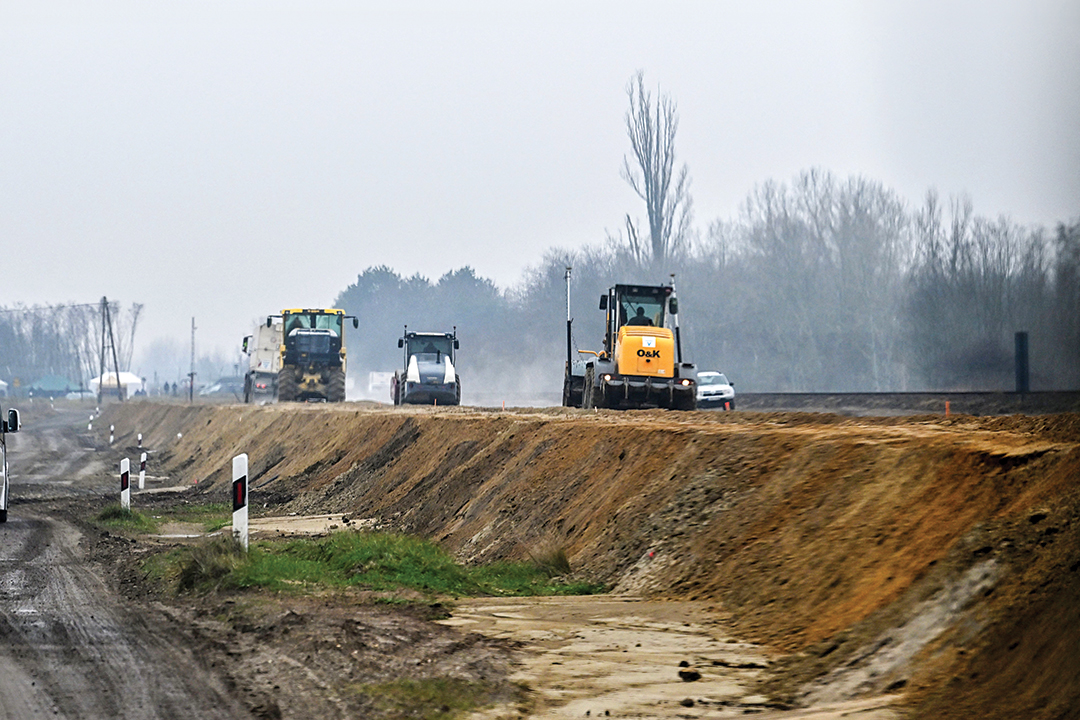
China’s focus in Europe
Key aspects
Infrastructure development: OBOR aims to enhance connectivity and infrastructure development between China and Europe, with a focus on improving transportation networks, such as railways, ports and roads. A comprehensive and efficient transportation network will facilitate trade, investment and people-to-people exchanges between the two regions.
Trade and investment promotion: China aims to deepen economic ties and promote trade and investment between China and Europe. By improving infrastructure connectivity, reducing trade barriers and enhancing market access, Beijing envisions increased bilateral-trade volumes and a boost in Chinese investment in Europe, as well as European investment in China.
Cultural exchanges and people-to-people ties: Alongside economic development, OBOR emphasizes fostering cultural exchanges, understanding and people-to-people ties between China and Europe. China aims to strengthen cooperation in areas such as education, tourism and cultural-heritage preservation to promote mutual understanding and friendship.
Regional cooperation and diplomacy: Using OBOR as a platform for regional cooperation and diplomatic engagement, China seeks to collaborate with European countries and institutions in areas such as policy coordination, connectivity planning and project implementation. By fostering multilateral dialogue and cooperation, China intends to create an inclusive and cooperative framework for regional development.
It is important to note that OBOR is not solely focused on Europe and encompasses a broader vision, including Asia, the Middle East and Africa. Nonetheless, Europe plays a crucial role in OBOR due to its geostrategic importance, economic potential and historical ties with China.
DIME analysis of OBOR
China’s perspective
Diplomatic dimension: China strategically employs diplomacy to reinforce OBOR’s objectives, engaging in bilateral and multilateral dialogue with participating countries, promoting OBOR as a cooperative endeavor that facilitates mutual economic development, regional stability and win-win outcomes. China seeks diplomatic support, cooperation and consensus-building to overcome potential barriers to implementation, such as political disagreements, regulatory issues or national security concerns.
Information dimension: China recognizes the importance of managing information and narratives related to OBOR. It uses various channels, including media, public relations and cultural exchanges, to disseminate positive messages about the benefits and progress of OBOR projects. China aims to shape perceptions, generate support and counter any negative narratives that may emerge.
Military dimension: Although the primary focus of OBOR is economic in nature, the military dimension cannot be disregarded. While China promotes a peaceful vision for OBOR, it acknowledges the need to safeguard its interests and protect its investments and infrastructure. China engages in military cooperation, primarily maritime security and anti-piracy efforts, to ensure the safety of critical sea routes and protect its overseas investments and personnel involved in OBOR-related projects.
Economic dimension: The economic dimension is at the heart of OBOR. China leverages its economic might and financial resources to provide funding, loans and investments in infrastructure projects along OBOR routes. Through initiatives such as the Asian Infrastructure Investment Bank and Silk Road Fund, China facilitates economic cooperation and provides financial support to partner countries.
DIME helps articulate how China employs each dimension — diplomatic, information, military and economic — to further its OBOR goals. By using a comprehensive approach across these domains, China seeks to maximize its impact, build partnerships and address challenges that may arise during implementation. An expanded analysis and application of the DIME framework provides additional metrics to understand OBOR’s reach in Europe:
Political dimension: The political dimension is intertwined with diplomatic efforts in promoting OBOR. China engages in political dialogue, negotiations and diplomacy to secure support for the initiative. It seeks to align the interests and aspirations of participating countries with its own OBOR objectives, forging strategic partnerships and agreements that facilitate policy coordination and mutual benefits. China also uses economic incentives and aid packages to foster political alignment and gain influence in participating nations.
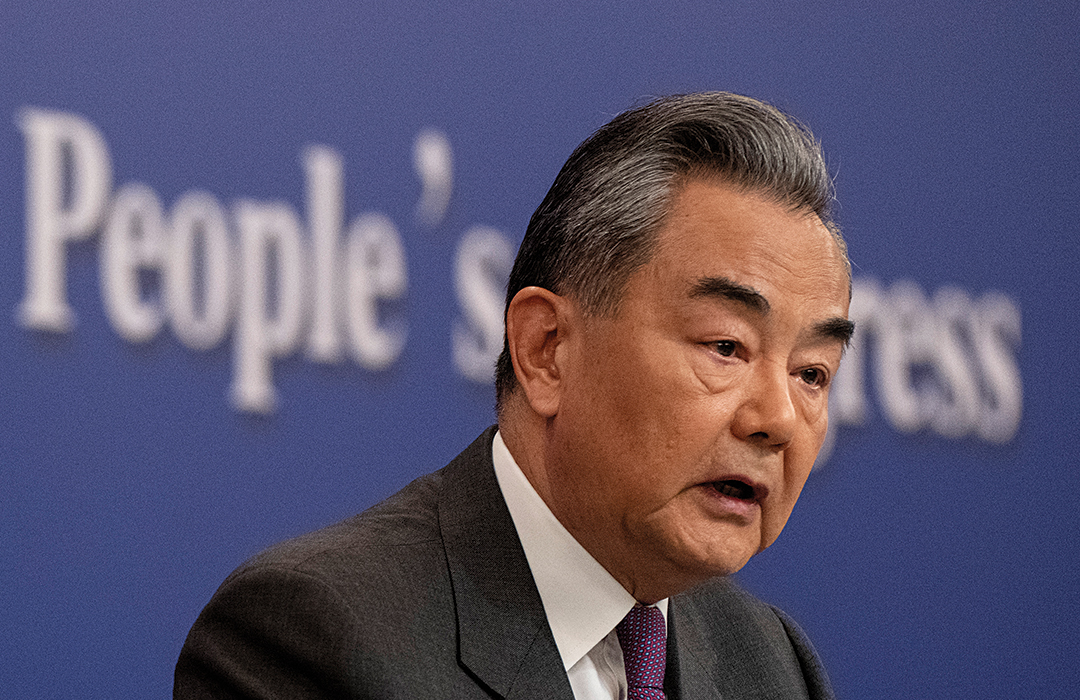
Information warfare: China recognizes the importance of information warfare as a means to shape OBOR narratives. Through the use of social media, digital platforms and state-controlled media outlets, China actively promotes positive stories and achievements associated with OBOR while countering unfavorable narratives. It also invests in soft-power initiatives, including cultural exchanges, media cooperation and academic partnerships, to shape perceptions and gain support for OBOR.
Intelligence gathering: Intelligence plays a crucial role in implementing large-scale infrastructure projects, evaluating risks and ensuring successful outcomes. China engages in intelligence-gathering activities to assess the political, economic and security landscape of participating countries. It analyzes potential obstacles, identifies investment opportunities, and addresses potential threats to its projects and interests along OBOR routes to inform decision-making, risk management and mitigation strategies.
Military cooperation and presence: While the primary focus of OBOR is economic cooperation, China recognizes the importance of military cooperation and presence to increase stability, protect its investments and address potential security challenges to OBOR projects. China engages in military exercises, joint trainings and exchanges with partner countries to enhance security cooperation, build trust and safeguard its maritime interests. It also strategically establishes naval bases or access arrangements along critical sea routes as part of its broader security framework.
Economic warfare: The economic dimension goes beyond funding infrastructure projects. It uses market access and economic leverage and incentives to advance the OBOR agenda. China can use economic coercion or inducements to influence the decision-making of participating countries and create dependencies. It strategically offers trade opportunities, investments and economic cooperation to strengthen relationships, promote integration and expand Chinese influence.
By considering these additional dimensions, we can better understand how China applies a comprehensive approach to OBOR by incorporating political, information, intelligence, military and economic tools to achieve its strategic objectives. The continual assessment and adaptation across these dimensions allow China to navigate challenges, seize opportunities and exert influence throughout the implementation of OBOR. Table 1 illustrates China’s multidimensional application of the DIME elements — including additional ones such as information warfare, intelligence and military cooperation — to further its OBOR strategic goals and objectives.
Countering China’s influence
EUCOM perspective
Diplomatic: For EUCOM, the diplomatic dimension involves engaging with European nations through bilateral and multilateral channels to foster cooperation, building alliances and promoting shared security interests. EUCOM conducts diplomatic negotiations, strategic dialogues and military-to-military engagements to strengthen partnerships, address regional challenges and enhance collective defense. It aims to solidify alliances, facilitate interoperability and foster collaboration through diplomatic initiatives and agreements.
Information: Information is critical for EUCOM to shape perceptions, counter misinformation and maintain a strategic narrative. EUCOM employs communication strategies and media platforms to disseminate accurate and timely information about its activities, exercises and missions in Europe. It engages in public diplomacy to foster understanding, build trust and counteract potential negative narratives or propaganda.
Military: EUCOM forces stand ready to defend U.S. and NATO interests in Europe, respond to crises and deploy forces when necessary. EUCOM maintains a robust military presence, conducts joint exercises and provides deterrence against potential threats. It collaborates closely with NATO Allies and partners to ensure collective defense and security cooperation.
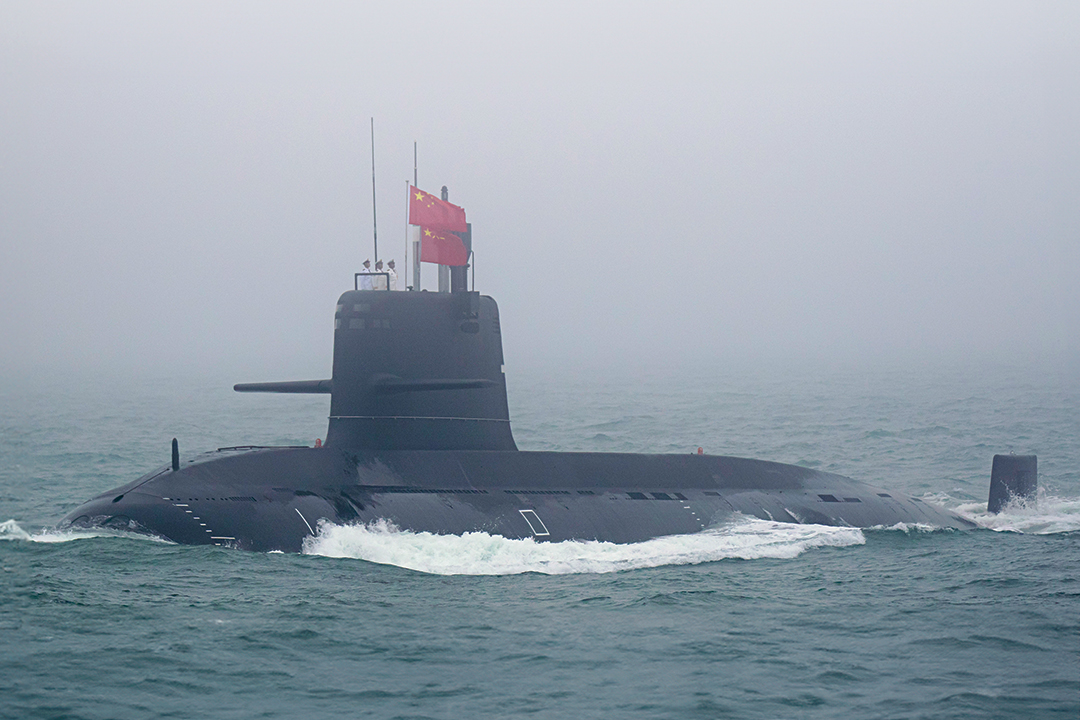
Economic: While EUCOM is primarily a diplomatic and military command, economic considerations can play a role in strengthening alliances and partnerships within Europe. EUCOM supports economic initiatives that promote stability and prosperity, encouraging increased trade, investment and economic integration among European nations. Economic cooperation enhances regional resilience, contributes to security and fosters long-term stability.
Intelligence: Intelligence is crucial for situational awareness, threat assessment and decision-making. EUCOM collects, analyzes and disseminates intelligence to understand shifting security dynamics, anticipate emerging threats and develop effective strategies. Intelligence helps identify potential challenges, vulnerabilities and opportunities in the European theater, informing military planning, operational activities and policy recommendations.
Political: The political dimension is inherent in EUCOM’s engagement in Europe. EUCOM works closely with U.S. diplomatic representatives and policymakers to align military objectives with broader political goals. Political engagement ranges from high-level strategic dialogues to local coordination with host nation governments or regional political entities, and seeks to influence decision-making, enhance cooperation and build consensus around common security objectives.
The DIME framework shows that EUCOM employs a comprehensive approach to ensure regional security, enhance partnerships and project U.S. influence in Europe. The integration of diplomatic, information, military, economic, intelligence and political elements lets EUCOM address multifaceted challenges, build coalitions and support the strategic interests of the U.S. and its European allies. Table 2 summarizes EUCOM’s application of DIME across all dimensions to counter China’s influence in Europe, including key elements within each dimension.
NATO strategy
Diplomatic: Diplomacy is at the core of NATO’s operations. It involves robust engagement and dialogue among member nations and partner countries to ensure solidarity and consensus on key issues. NATO diplomatic efforts strengthen the Alliance, build partnerships, facilitate cooperation with non-NATO partners, promote shared values, address regional challenges and forge common approaches to security.
Information: Managing information is essential to shape narratives, counter misinformation and maintain public support for NATO’s mission. Through strategic communications, NATO disseminates accurate information about its activities, operations and collective defense efforts, fosters understanding, builds trust and counters disinformation campaigns that may undermine NATO objectives or erode public support.
Military: NATO’s foundational mission is the collective defense of its member states. The Alliance maintains a credible military presence, conducts joint exercises and ensures interoperability among its forces. It coordinates defense planning, crisis response, and conducts peacekeeping and counterterrorism operations, which contribute to regional stability and security.
Economic: NATO’s economic influence rests on the economic capabilities and contributions of its member nations. NATO encourages defense spending and defense industry cooperation among members to ensure the development and maintenance of effective military capabilities, including strengthening resilience against hybrid threats, such as cyber and economic vulnerabilities. Economic cooperation ensures the sustainability and effectiveness of NATO’s military endeavors.
EUCOM strategy
Diplomatic: EUCOM engages with European nations through strategic dialogues, military-to-military interactions and diplomatic negotiations to foster cooperation, build partnerships and synchronize interactions with European allies. EUCOM promotes mutual trust, understanding and consensus on key security matters, facilitating the alignment of military objectives with broader U.S. diplomatic goals in Europe.
Information: EUCOM aims to shape perceptions, counter misinformation and maintain a strategic narrative by using communication strategies, media platforms and public diplomacy to communicate accurate and timely information about its activities. It enhances transparency, builds public support and counters potential negative narratives that might undermine U.S.-European partnerships or military operations.
Military: As a combatant command, EUCOM focuses on the readiness and posture of U.S. military forces deployed in Europe. In collaboration with NATO Allies and partner militaries to ensure collective defense, EUCOM maintains a robust presence, conducts joint exercises and provides deterrence against potential threats. This encompasses crisis response, contingency planning and rapid-deployment capabilities.
Economic: Though primarily a military command, EUCOM recognizes the significance of economic factors for regional stability and supports economic initiatives that promote stability, trade, investment and economic integration among European nations. By encouraging economic cooperation, EUCOM enhances regional resilience, contributes to security and fosters long-term stability.
Intelligence: Intelligence is instrumental for situational awareness, threat assessment and operational planning. EUCOM collects, analyzes and disseminates intelligence to understand the evolving security environment in Europe. Intelligence supports decision-making and effective risk management, and enables timely responses to emerging challenges and potential threats.
Political: EUCOM coordinates closely with U.S. diplomatic representatives and policymakers, participates in strategic dialogues and engages with European governments and political entities to align military objectives with broader political goals. This helps shape decision-making, enhance cooperation and build consensus on key security issues.
NATO and EUCOM utilize a comprehensive approach — incorporating diplomatic, information, military, economic, intelligence and political tools — to ensure regional security, enhance partnerships and project influence in Europe. This holistic perspective strengthens collective defense, supports efficient decision-making and fosters cooperation among member nations and partner countries.
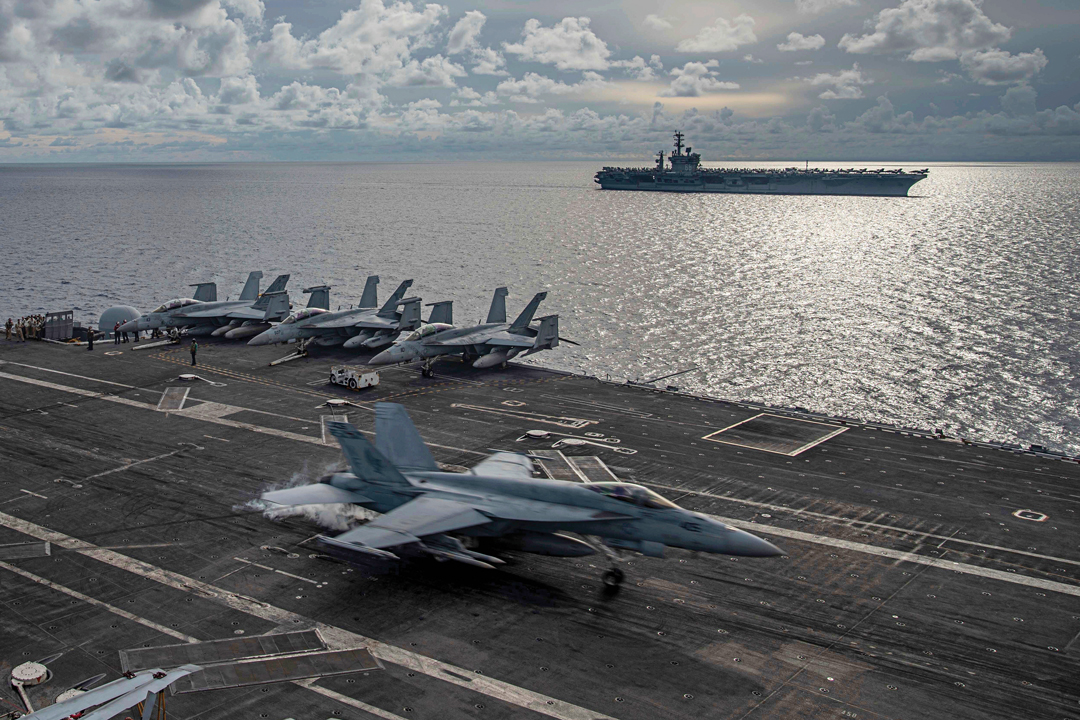
Proposed courses of action
Course of Action 1: Enhance cyber defense capabilities
Diplomatic: Strengthen diplomatic ties and engage in information sharing on cyber threats among NATO member nations and partner countries. Foster dialogue on norms of behavior in cyberspace and establish joint initiatives to counter cyber threats collectively.
Information: Develop a comprehensive cybersecurity communication strategy to raise awareness in the public about cyber threats and promote responsible behavior. Disseminate accurate information about cyber incidents and counter potential misinformation campaigns by engaging with the media and using digital platforms.
Military: Prioritize the allocation of resources toward cyber defense capabilities, including robust training, exercises and joint operations among NATO Allies. Focus on enhancing cyber resilience and improving interoperability to allow for effective information sharing and coordinated responses in the event of a cyberattack.
Economic: Encourage investment in research and development of cybersecurity technologies, promote public-private partnerships and establish cyber-protection agreements with defense industries. Foster economic cooperation to improve the collective resilience of NATO members against cyber threats.
Course of Action 2: Counteract disinformation campaigns
Diplomatic: Strengthen coordination and information-sharing mechanisms with partner countries to exchange best practices in countering disinformation. Establish joint task forces, workshops and training programs to enhance media literacy and critical thinking skills.
Information: Develop a proactive and agile strategic communications approach to counter disinformation. Establish dedicated communication channels to promptly respond to false narratives, challenge disinformation and provide accurate information. Collaborate with social media platforms to identify and mitigate the spread of disinformation.
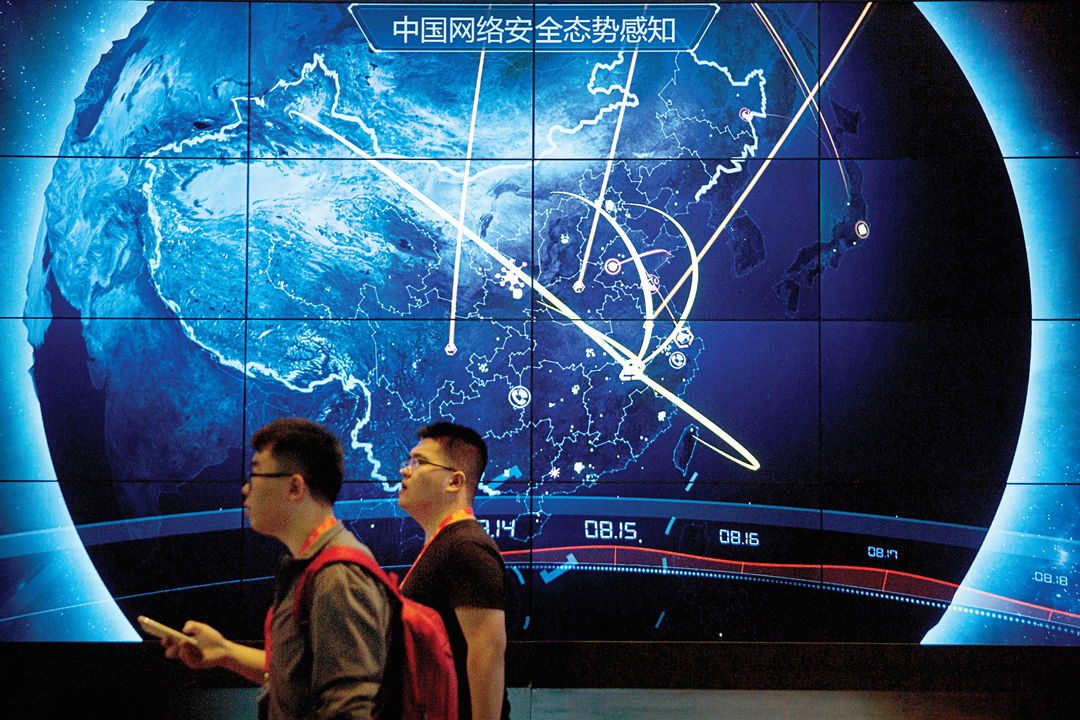
Military: Leverage the strengths of military strategic-communication units to counter disinformation campaigns. Use military channels to disseminate accurate news, engage with local communities and build trust. Conduct joint information operations exercises with NATO Allies to enhance coordination and effectiveness.
Political: Work closely with political leaders, policymakers and civil organizations to develop policies that address the impact of disinformation and strengthen media resilience. Promote information transparency and accountability among political entities, fostering public trust in democratic processes.
Course of Action 3: Strengthen defense resilience against hybrid threats
Diplomatic: Foster international partnerships to enhance information sharing and cooperation in countering hybrid threats. Strengthen diplomatic ties to establish mechanisms for swift responses and joint operations when faced with hybrid challenges.
Information: Develop a comprehensive strategy to raise public awareness about hybrid threats, their tactics and potential consequences. Establish public-private partnerships to combat disinformation and promote media literacy initiatives to increase resilience against manipulation.
Military: Improve cooperation and coordination among NATO member military forces to rapidly respond to hybrid threats. Focus on training and joint exercises to enhance interoperability and develop the capability to counter hybrid tactics effectively.
Economic: Encourage investment in critical infrastructure protection, including measures to defend against cyberattacks and secure supply chains. Foster economic resilience by diversifying energy sources and reducing dependencies on single suppliers to mitigate potential economic coercion.
The DIME framework can be applied to address specific challenges. By adopting a holistic approach, NATO and EUCOM can effectively respond to evolving security threats, ensure regional stability and strengthen partnerships in the European theater. Table 3 highlights key points from each course of action under the relevant DIME dimensions.
China’s challenges
Diplomatic Challenges
Competition for influence: As China’s economic and political power grows, balancing its influence against that of the U.S., Japan and regional rivals, such as India and Vietnam, requires careful, nuanced diplomacy and economic and strategic engagement to expand its sphere of influence without triggering backlash or conflicts.
Disputed territorial claims: China’s territorial disputes, particularly in the East China and South China seas, pose significant diplomatic challenges. Resolving these disputes while maintaining regional stability and avoiding conflicts is crucial for its diplomatic strategies, requiring skillful negotiation, confidence-building measures and adherence to international law to mitigate tensions and foster a cooperative environment.
Tensions with neighboring countries: China’s aggressive foreign policy, such as its border disputes with India and historical rivalries with Japan and South Korea, create challenges in maintaining stable diplomatic relations. Addressing these historical grievances and defusing tensions through dialogue while promoting cooperation are essential for fostering mutual trust and understanding, and maintaining peace and stability in the region.
Information Challenges
Information control: China faces challenges in controlling and managing information flows within its borders, especially with the increasing influence of the internet and social media platforms. Maintaining strict censorship and managing narratives to maintain domestic stability while engaging with the global community can be a delicate balancing act. China should allow for greater transparency and open communication while addressing concerns related to cybersecurity and maintaining social stability.
Disinformation and perception management: China faces scrutiny regarding its state-sponsored disinformation campaigns and efforts to shape global perceptions. Countering negative narratives and addressing concerns about human rights, intellectual property and technological advancements is a significant information challenge. Fostering greater transparency, engaging in constructive dialogue and sharing accurate information would help shape a more favorable global image.
Media influence: Countering negative perceptions is a critical information challenge for China. State-controlled media outlets, such as Xinhua and CGTN, encounter challenges in presenting a positive image abroad while facing accusations of biased reporting and lack of press freedom. Navigating the global media landscape and enhancing the international presence of Chinese media outlets, building media partnerships, promoting cultural exchange and fostering independent journalism could help improve China’s global media influence.
Military Challenges
Regional security dynamics: As China’s military capabilities expand, it faces challenges with regard to regional perceptions and potential rivalries. Neighboring countries and global powers, such as the U.S., are cautious about China’s military modernization and assertiveness, creating challenges in maintaining a stable military balance and managing regional tensions. Emphasizing transparency, confidence-building measures and dialogue can foster trust among regional stakeholders.
Technological advancements: China faces challenges in developing cutting-edge military technologies, such as artificial intelligence, cyber capabilities and advanced weaponry. Addressing the gap between indigenous innovation and reliance on foreign technologies is crucial for China’s military modernization efforts. Encouraging research and development, fostering collaborations with global partners, and investing in education and training can help China overcome these challenges and achieve technological self-reliance.
Naval power projection: China’s desire to expand its maritime influence presents challenges in developing a blue-water navy capable of power projection beyond its immediate maritime borders. Overcoming technological constraints, enhancing logistical capabilities and countering regional concerns are significant military challenges. Improving naval capabilities, developing overseas military bases and ensuring maritime security collaboration with other nations are crucial for China to establish itself as a regional maritime power.
Economic Challenges
Economic structural reforms: China faces the challenge of transitioning from an export-led economic model to one driven by domestic consumption, innovation and a more sustainable growth trajectory. Rebalancing the economy while managing financial risks, addressing inequality, reducing overcapacity and promoting environmental sustainability requires comprehensive economic structural reforms, including liberalizing key sectors, fostering innovation and entrepreneurship, and strengthening social safety nets to ensure inclusive and sustainable growth.
Trade tensions: China is challenged by its trade disputes with major economies, particularly the U.S. Navigating protectionist measures, supporting global trade rules, and striking a balance between economic growth and geopolitical influence pose significant economic challenges. China must emphasize fair-trade practices, increase market access and strengthen multilateral trade mechanisms to resolve disputes and maintain global economic stability.
Resource and energy security: China’s rapidly growing economy faces challenges related to resource scarcity and energy security. As the world’s largest energy consumer, ensuring a stable supply of resources while diversifying its energy mix, reducing dependence on fossil fuels and promoting sustainable practices are essential for China’s economic resilience. Investing in renewable energy infrastructure, promoting energy efficiency and international cooperation in resource management can help address these challenges effectively.
Application of the DIME framework reveals a range of challenges for China, including diplomatic competition, information control and influence, military modernization and projection, as well as economic transformation and trade tensions. By addressing these challenges across the diplomatic, information, military and economic dimensions, China can navigate its geopolitical landscape more effectively and shape its strategies accordingly, enhancing its global standing and contributing to regional stability and prosperity. Table 4 summarizes the key challenges China faces across the diplomatic, information, military and economic dimensions.
Conclusion
The CCP will continue to strive to improve China’s diplomatic and economic position in Europe. China’s relationship with and access to Europe is crucial to achieving Beijing’s long-term growth and development goals. The EU bloc’s economy rivals those of the U.S. and China, and Europe remains a key hub of science, academia and high-tech research and development, not to mention the home of many of the world’s major multinational institutions and corporations.
The DIME-plus framework is an excellent tool to analyze the numerous and complex diplomatic, informational, military and economic factors involved in the strategic decision-making processes of the actors involved, including China, the EU and the U.S., and affecting how each actor views its own options and those of its adversaries and friends.
China’s access to Europe has decreased since the beginning of the COVID-19 pandemic, and European enthusiasm for closer economic and political relations with Beijing has waned with China’s backing of Russia’s invasion of Ukraine. Understanding these dynamics is critical.


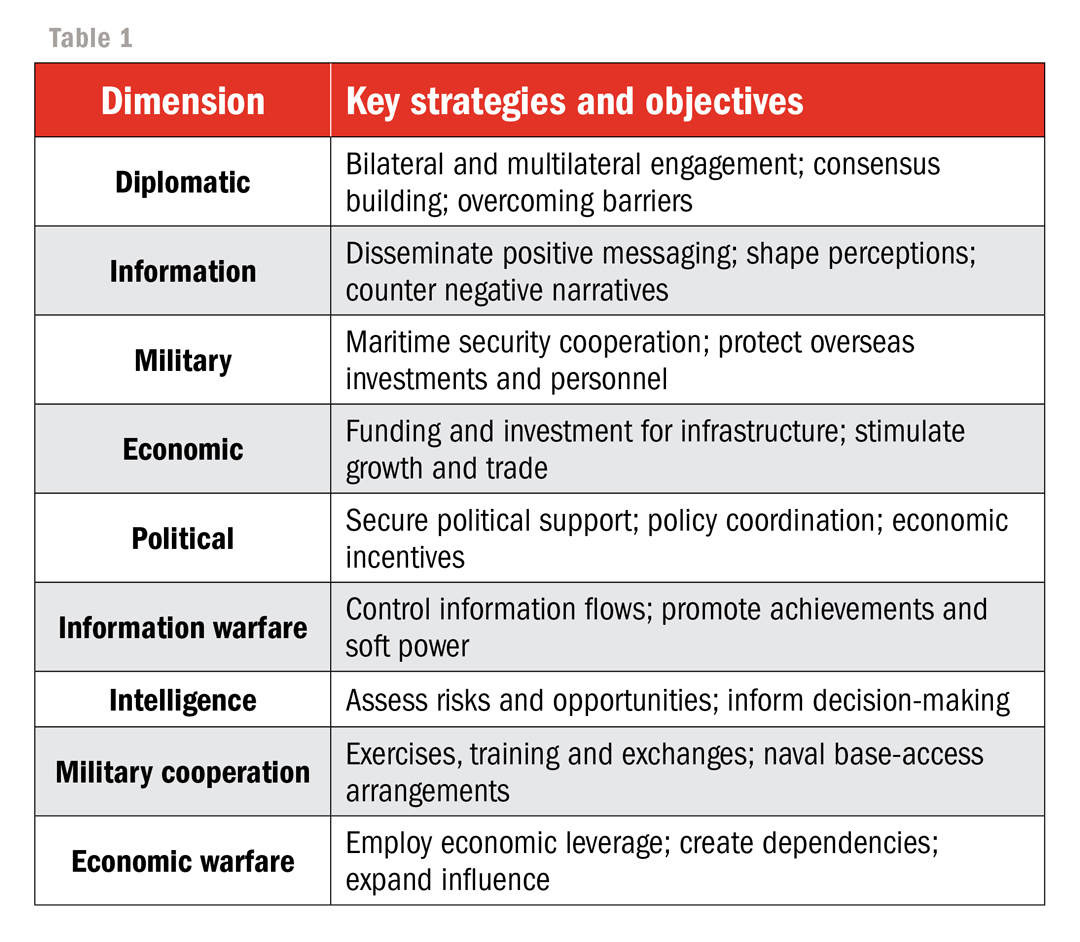


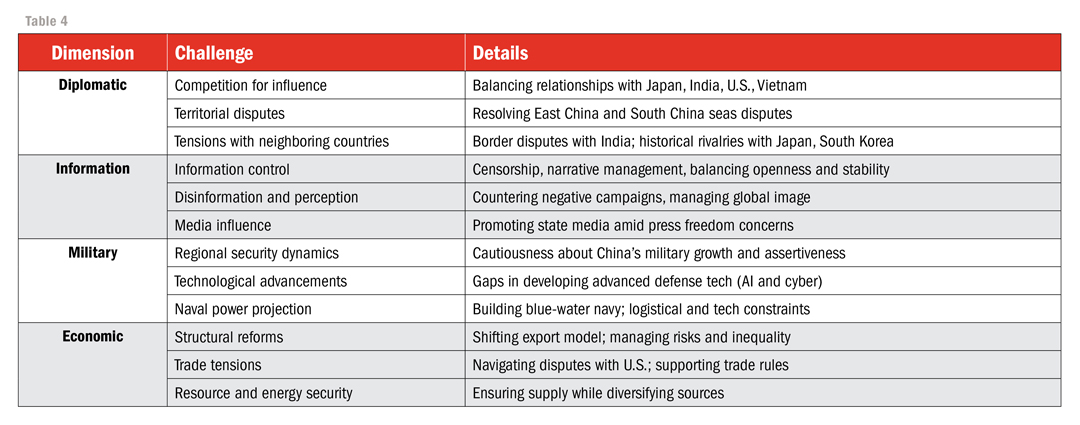
Comments are closed.